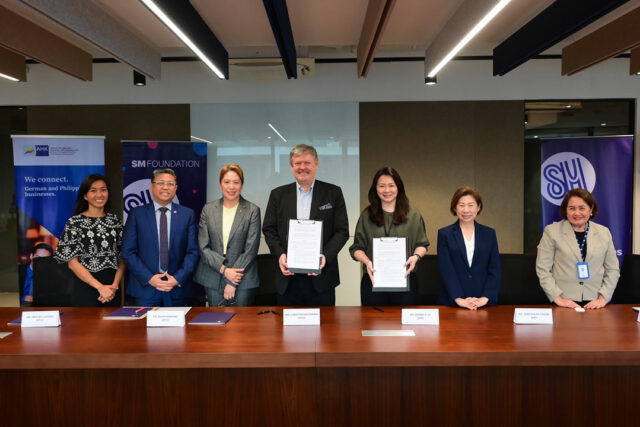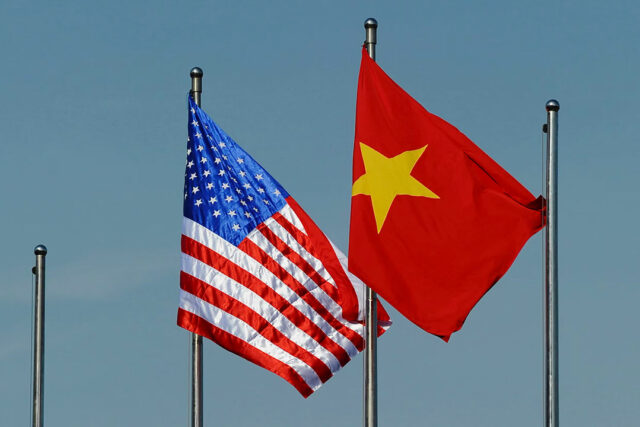SM Foundation, GPCCI partner for workforce dev’t

SM FOUNDATION, Inc. said it hopes to enhance job creation and workforce upskilling through a partnership with the German-Philippine Chamber of Commerce and Industry, Inc. (GPCCI).
The collaboration will include nationwide employment initiatives such as specialized job fairs in SM malls and short-course training programs tailored for GPCCI member organizations, SM Foundation said in a statement over the weekend.
Experts from National University and Asia-Pacific College will conduct short courses and skills training on artificial intelligence, cybersecurity, and related fields.
The two organizations recently signed a memorandum of understanding (MoU) to formalize the partnership.
“We are preparing individuals not just to find jobs but to build careers in high-demand industries,” SM Foundation Executive Director for Education Programs Carmen Linda Atayde said.
“This initiative connects skills training with actual employment opportunities, ensuring that education truly transforms lives through short-course training, job fairs, and strong industry linkages,” she added.
GPCCI President Marie Antoniette E. Mariano said the partnership aims to establish a job-ready workforce, upscale talent, and connect businesses.
“This MoU is more than just a paper that’s going to be inked. It is a collaboration and a commitment to shaping the future of employment in the Philippines,” she said.
A recent GPCCI survey found that 58% of German companies reported a positive business environment in the Philippines, while 60% expected growth in the next 12 months.
SM Foundation previously launched the Job Opportunities Building Skills initiative to address unemployment and underemployment by bridging job distribution gaps, improving employability through upskilling, and facilitating job matching.
Last year, SM Supermalls hosted 183 job fairs across its malls nationwide, connecting approximately 107,000 job seekers with nearly 6,000 employers, resulting in around 14,500 on-the-spot hires. — Revin Mikhael D. Ochave























